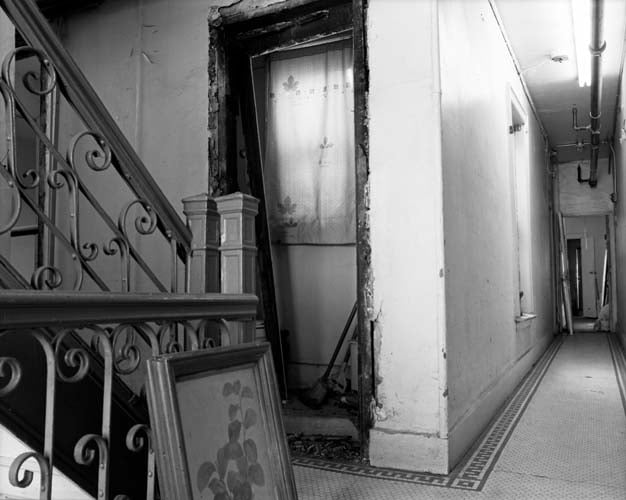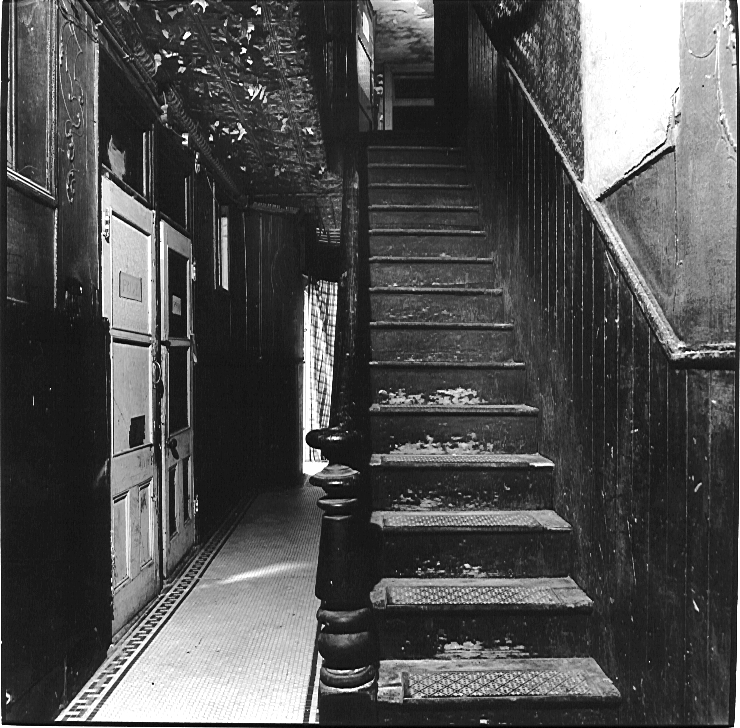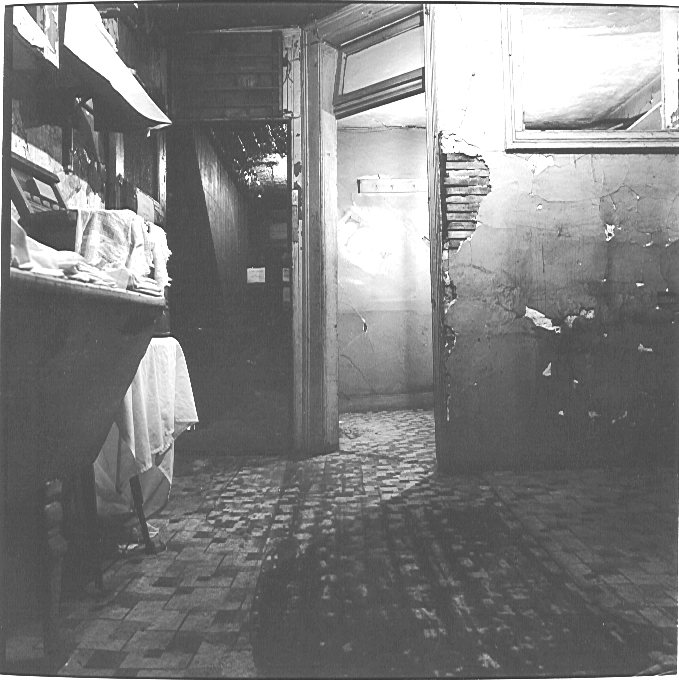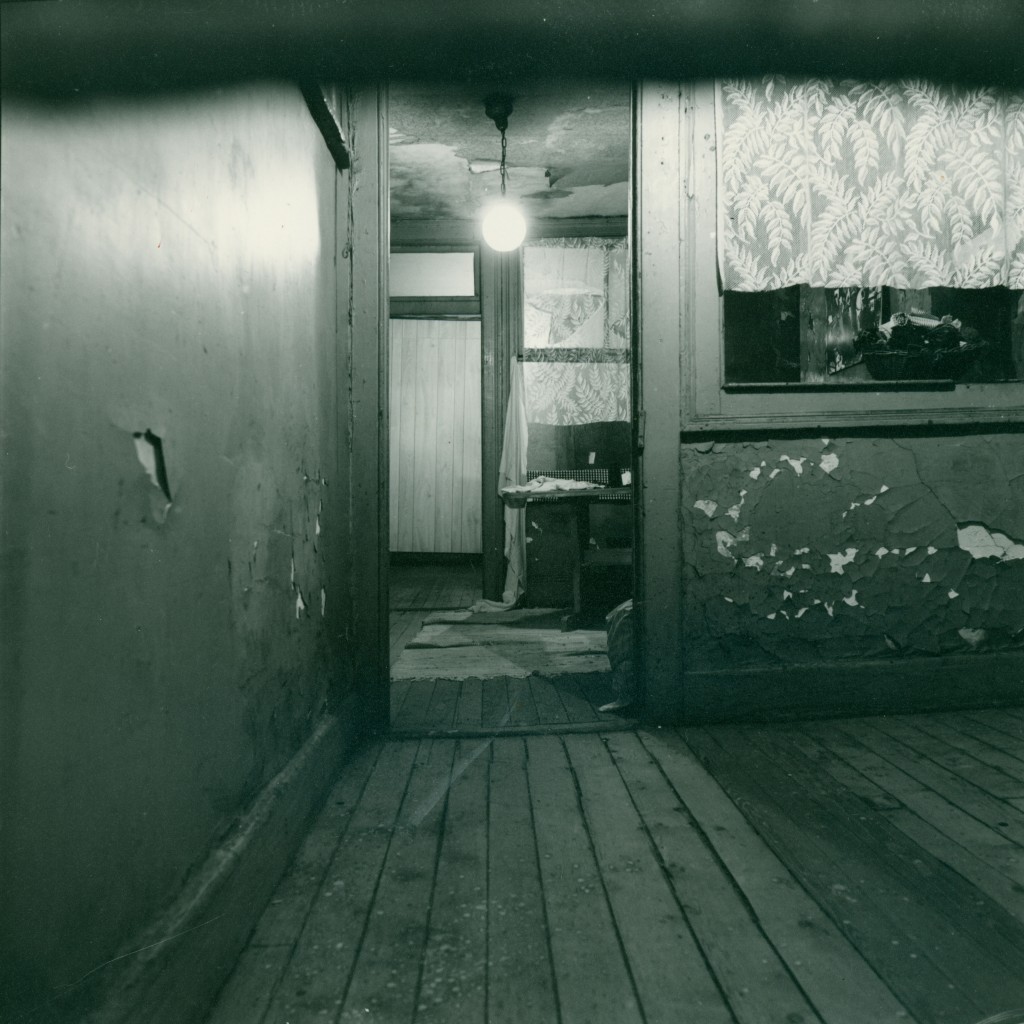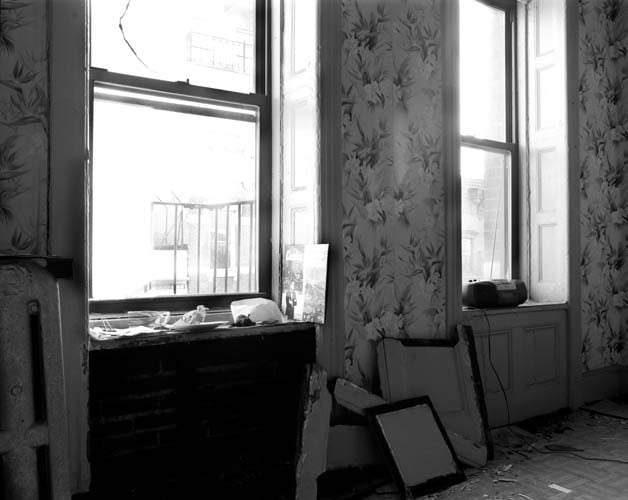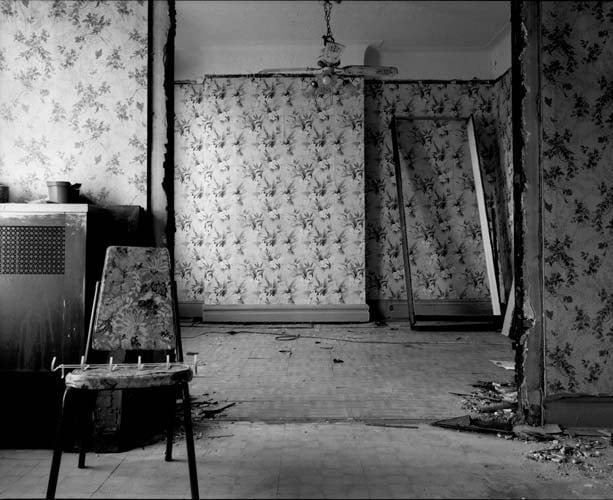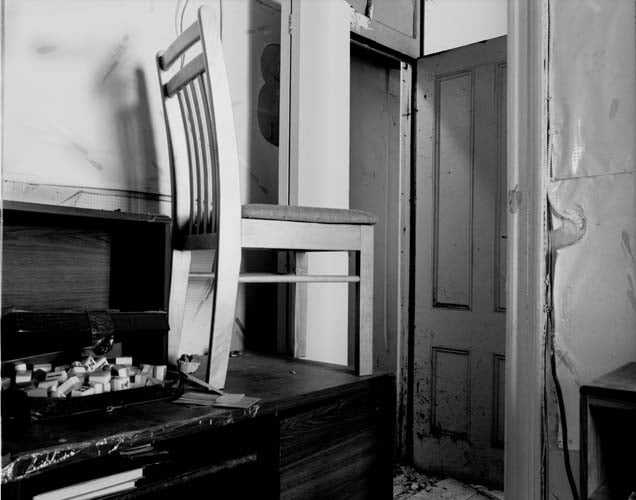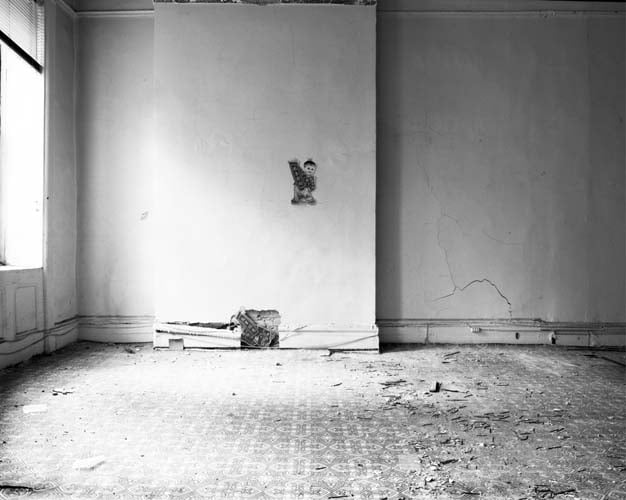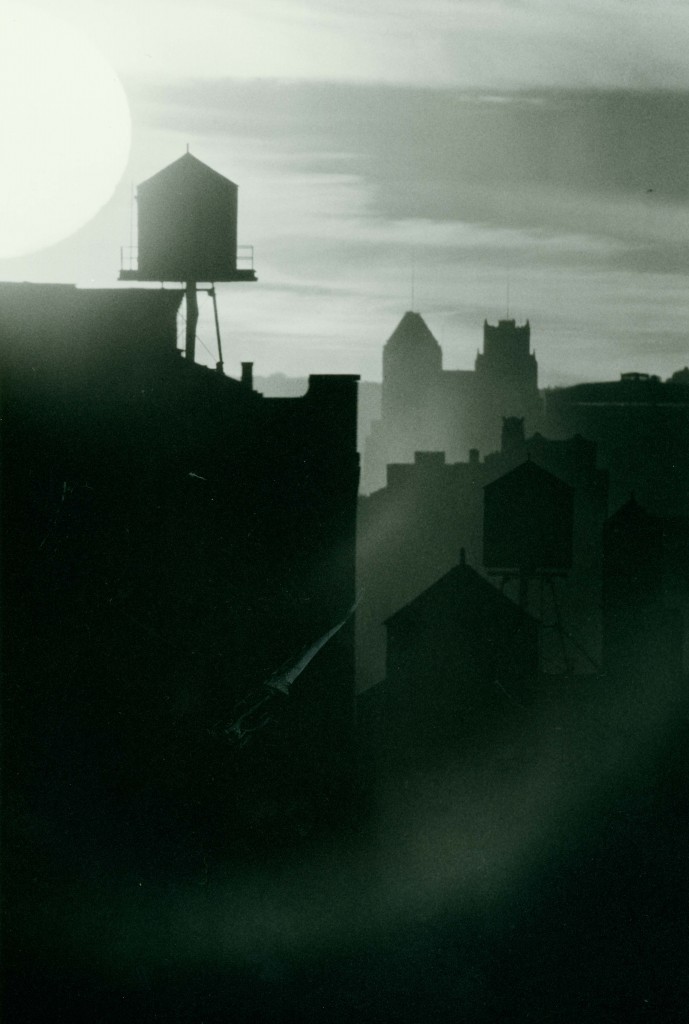Blog Archive
The Photos of Wijnanda Deroo: The Ruins of Orchard Street
If you’ve taken a tour at the Tenement Museum, you’ve heard them described that way: the ruins. Before entering one of the recreated apartments at 97 Orchard Street, educators take visitors into a room showing how the building looked when it was rediscovered in the 1980s, after it had been left alone, more or less forgotten, since 1935.
Wijnanda Deroo doesn’t forget these places, and she doesn’t view them as ruined, or abandoned. “My work,” she says, “is about the history.”
97 Orchard Street, Ruined Apartment, Deroo, 1988Deroo, originally from the Netherlands, came to the Lower East Side in 1988 to photograph 97 Orchard. She loves to capture places with history, which was one of her main draws to the Lower East Side, the starting point for so many New York immigrants. Her photographs of 97 Orchard Street are housed within the archives of the Tenement Museum.
“I want to make the history visible,” says Deroo. “That’s what makes the Lower East Side really special.”
One striking aspect about Deroo’s body of work is the absence of people in her settings, whether it is an artist’s studio or a former tenement. The reason, she says, is because when a person is in a photo, people’s eyes are inevitably drawn to look at the person first, not the space. “I never photograph people inside because I want to make it timeless,” Deroo explains. “I want to allow people to make their own story.”
The Tenement Museum asked Ms. Deroo to come back to the Lower East Side earlier this year to photograph 103 Orchard Street the site of the upcoming brand new exhibition scheduled to open in July 2017. The Museum asked her to photograph the space prior to construction beginning so it would be similar to the photographs she took of 97 Orchard Street back in 1989. The differences between the two tenements, despite being on the same block, were “shocking.”
“The layers [of history] are more visible” in 97 Orchard, says Deroo. Since it was boarded up in 1935 and had not been inhabited for decades, the history had been preserved. At 103 Orchard, however, people called it their home up until 2015, and so natural renovations had occurred over the years. “The history [in 103 Orchard] is much closer, more recognizable,” says Deroo. “Closer to what you still see.”
“But,” Deroo continues, “you can still see [evidence of] the different cultures.”
The focus of Deroo’s work is to photograph what no one may ever get a chance to see. Despite the lack of people in her photos, Deroo says, “I want to show how they live, how they surround themselves.” Her photographs are transformative – showing both the ways our worlds were, once upon a time, and how and what they are becoming now.
- Post by Gemma Solomons, Marketing & Communications Coordinator at the Lower East Side Tenement Museum
